Coronation bowls
Artefact of the month - May 2021
On 26 May 1896, 125 years ago, the last Tsar, Nicholas II, was crowned the Emperor of Russia in Moscow. The coronation was celebrated in both Moscow and around the vast Russian Empire, including the Grand Duchy of Finland.
The National Museum of Finland’s collections include four white soup bowls marked with Nicholas’s monogram and the date 26 V 1896. The bowls were produced by the Arabia porcelain factory in Finland. The bowls were introduced into the collection about 20 years apart: the first in the 1910s, and the later ones in the 1930s, 1950s and 1970s.
The bowls originate from a dinner service held in Helsinki to celebrate the coronation. The dinner was organised at the Tsar’s expense for the low-income people of the city at two o’clock on the coronation day in the old Guards’ riding arena. The day after the coronation, the event was reported on in detail by the Helsinki press, thanks to which we have very specific information of the course of the events. The invited started gathering on the Tähtitorninmäki hill and in front of the riding arena well before the event. Inside the arena, 38 long tables were set for the 1,500 guests. The invited were poor, and the invitations were issued via charity organisations and the city’s services. Most of the dinner guests were older, and it is mentioned they represented all nationalities in the city.
Once the doors of the arena opened, the invited were shown in as the band of the Uusimaa Battalion played Savolaisten laulu. The guests were served meat soup out of one-litre soup bowls made by the Arabia porcelain factory. The meat soup and the bread served with it were made by the Guesthouse. Pasties and beer were also served. The pasties were from K. M. Brondin, and the ice cellar beer was produced by the Uusi Osakepanimo brewery. The guests could keep a soup bowl, glass and spoon as mementoes of the occasion. Newspapers wrote that many guests were carrying cloths in which they wrapped the dishes after the meal. Even though some guests are said to have tasted the beer and the pasties at the dinner, most of them seemed to have taken the food home along with the dishes.
During the dinner, the Governor of Uusimaa Province, Major General Hjalmar Palin, shouted hurrah for the Emperor and Empress in Finnish, Swedish and Russian. Those present replied to this with hurrahs and claps. After this, the band played the imperial hymn and finally the Maamme hymn of Finland. The audience listened to both hymns standing up. At about half past three, the guests slowly left the festivities, carrying their gifts.
The coronation day was a Tuesday, and the offices and shops in cities were mostly closed. People invested in decorations. There is detailed information available about the decorations in Helsinki in newspapers. In addition to public buildings, private individuals in the city were also encouraged to decorate their homes. A daily paper describes how "high, red-sided and gold-striped flagstaffs and poles were raised in Esplanadi Park, the harbour market, Senate Square and Market Square so densely that such a forest of poles was never before seen in Helsinki." Overall, the city’s decorations were deemed exquisite.
However, the celebrations in Finland were not limited to Helsinki; Turku, for example, celebrated the day with church services, gun salutes and a festival held at a sports park. The city’s bridges, as well as the Brahe and Porthan parks, were decorated with numerous flagpoles and flags. Other cities also organised catering to those with low income. The coronation bowl from the collections of Helsinki City Museum includes information that it likely originates from Hamina. The same kinds of bowls were used in both Hamina and Helsinki, but people in Hamina received pea soup and then raisin soup for dessert, instead of meat soup.
The celebrations in Finland seem to have gone well, but in Moscow, the coronation ceremony had a tragic ending. On Khodynka Field, just outside of Moscow, coronation mugs and food gifts were handed to commoners. According to some estimates, as many as 500,000 people showed up. When a rumour started spreading that there were not enough gifts for everyone, the crowd started rushing forward, and people were trampled. Over 1,300 people were killed in total. The tragedy put the start of Nicholas II’s reign in a bad light. From then on, enamelled mugs handed out at the event were called ‘blood mugs,’ at least in Finland.
Satu Frondelius
Littarature:
Päivälehti 24.5.1896, number 119.
Päivälehti 27.5.1896, number 120.
Hufvudsstadsbladet 27.5.1896, number 141.
Turun lehti 26.5.1896, number 63.
Helsinki City Museum, item XXXV-789, kruunajaiskulho.




-
2024
-
2023
-
2022
-
2021
-
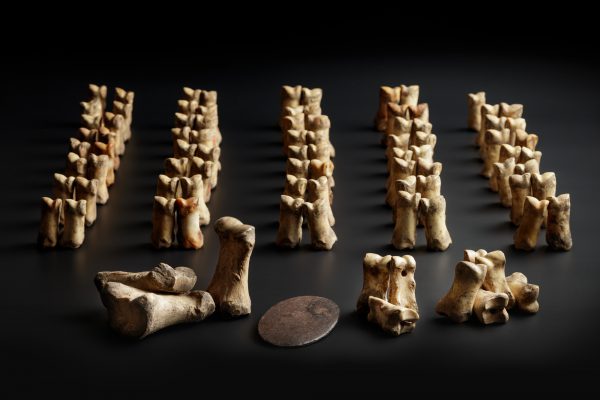 Skittle set made of bone
Skittle set made of bone
-
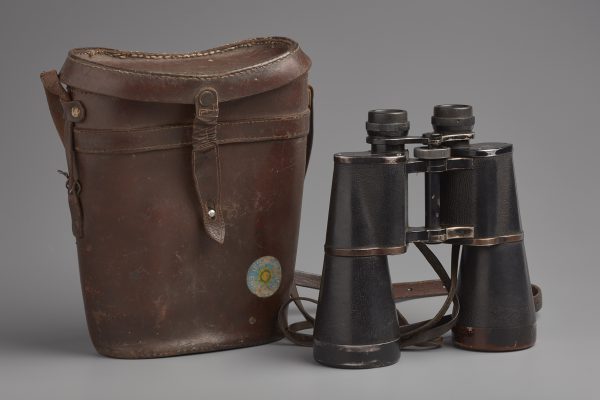 Equipment of ornithologist Pentti Linkola – binoculars and a notebook
Equipment of ornithologist Pentti Linkola – binoculars and a notebook
-
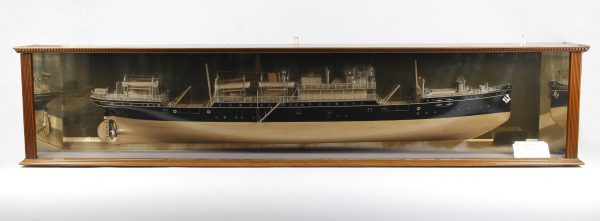 Scale model of the S/S Arcturus
Scale model of the S/S Arcturus
-
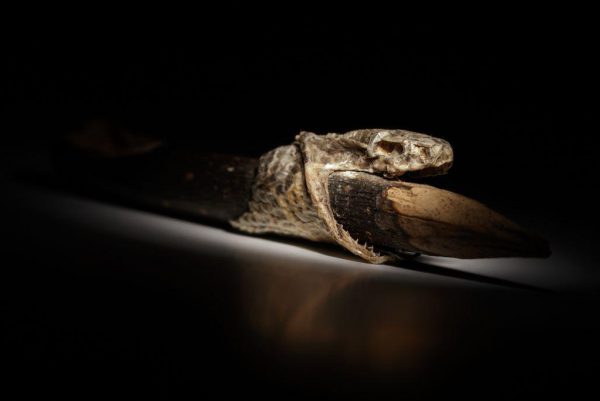 The mighty snake
The mighty snake
-
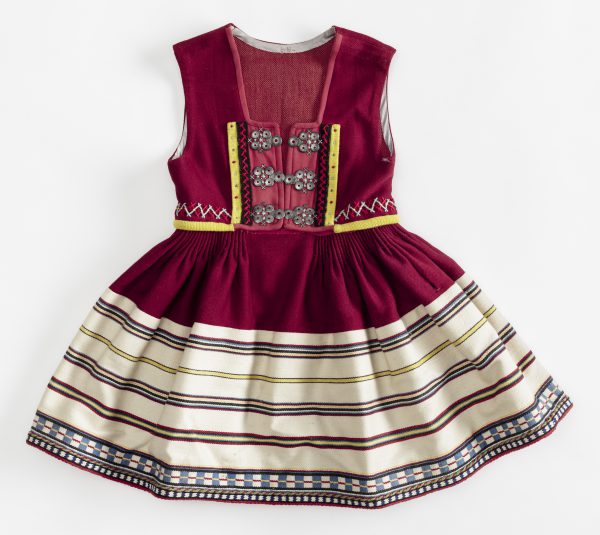 Child’s national costume – for free Estonia
Child’s national costume – for free Estonia
-
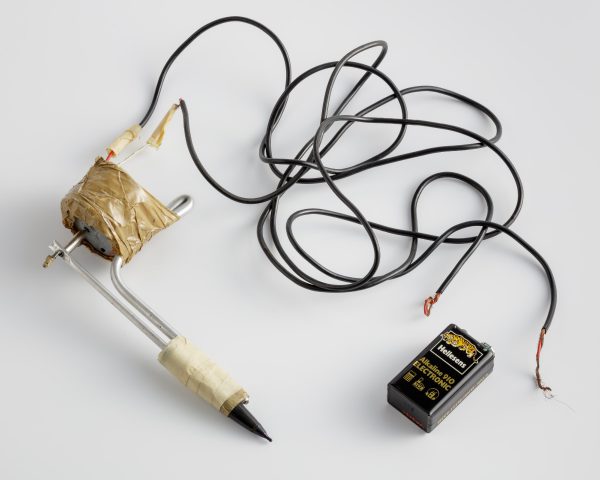 A tattoo machine
A tattoo machine
-
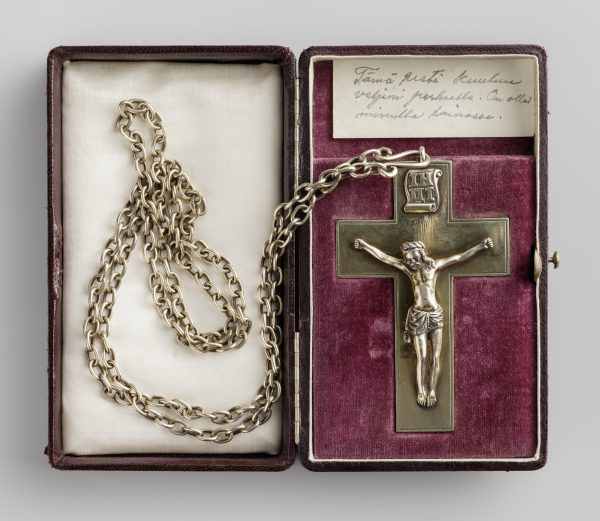 Juho Saarinen’s pectoral cross
Juho Saarinen’s pectoral cross
-
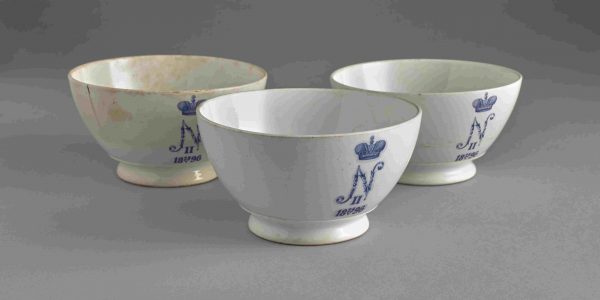 Coronation bowls
Coronation bowls
-
 A hundred years ago – flapper fashion in the 1920s
A hundred years ago – flapper fashion in the 1920s
-
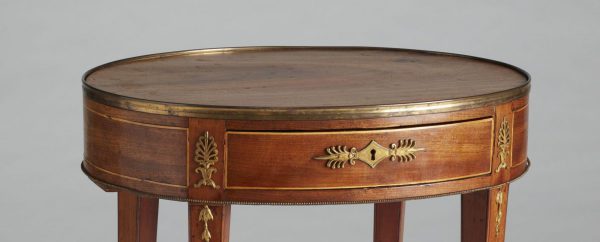 A table from The Friends of the National Museum of Finland
A table from The Friends of the National Museum of Finland
-
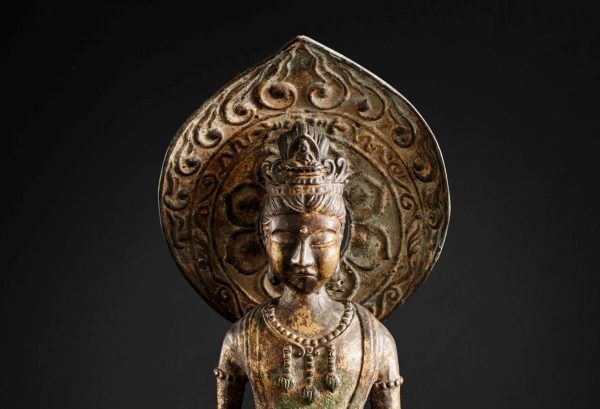 Sculpture of Bodhisattva
Sculpture of Bodhisattva
-
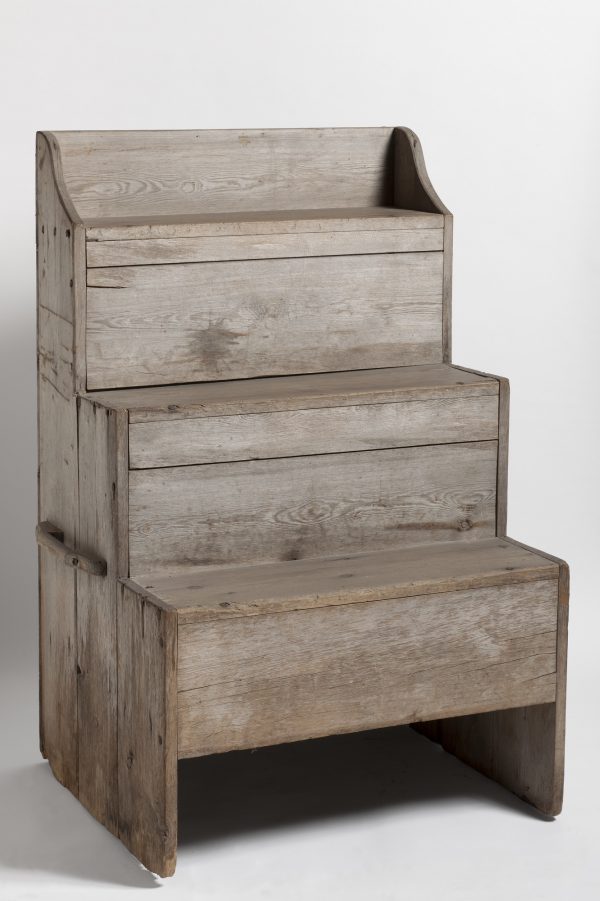 The stool of repentance from Vihanti Church
The stool of repentance from Vihanti Church
-
-
2020
-
2019
-
2018